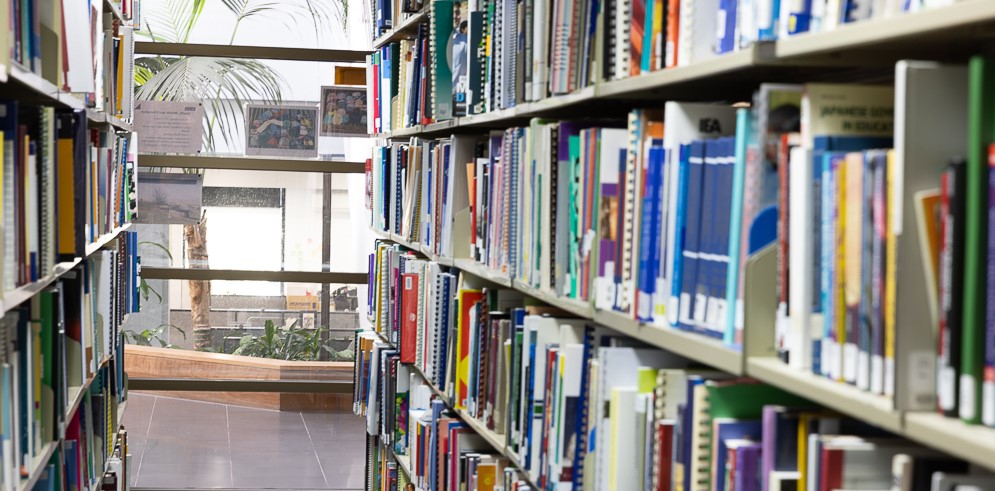Publication Date
1951
Subjects
Error correction, Kindergarten children, Preschool children, Pronunciation, Speech
Abstract
Between 20th November and 1st December 1950, a study was made of the spontaneous vocabulary of a group of twenty-four pre-school children in an inner suburb of Melbourne. The main purpose of the study was to examine the quantity and quality of vocabulary used by the children in a variety of situations, together with as many related factors as possible. Through the co-operation of a speech therapist associated with a speech clinic at the Children’s Hospital in Melbourne, a phonetic record was made of samples of the spontaneous speech of each of the twenty-four children. [p.1, ed]
There was no appreciable difference between the quality of the speech of the kindergarten and non-kindergarten children, although the boys from the Lady Gowrie Centre wore slightly better than any other group (24 per cent. error as against 28 per cent. for the other boys 1 groups, and 30 per cont. for the girls' groups).
The minimum number of different errors recorded was fourteen and the maximum fifty-four. Both these cases were girls. For the boys the range was from fifteen to thirty-seven. The medians wore thirty for the girls and twenty-eight for the boys.
The pre-school environment, even when it has included good kindergarten experience, has given to the children speech which includes about 25 per cent. of gross errors (this study is not concerned with pure enunciation, or the fine quality of vowels). Any work that the school does in this field must take account of the constant effect on the child's speech of the environment which has already produced defect. [p.6, ed]
Recommended Citation
Australian Council for Educational Research. (1915). Pronunciation errors in the spontaneous speech of a group of pre-school children (ACER Information Bulletin No. 21). https://research.acer.edu.au/ib/21/
Copyright Statement
Copyright Australian Council for Educational Research 1951
Place of Publication
Camberwell, Australia
Publisher
Australian Council for Educational Research
Previous Versions
Dec 1 2022 (withdrawn)



Comments
Information Bulletin / Australian Council for Educational Research ; n.21
Digitised in 2022 from a print copy held by the ACER library